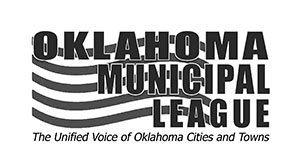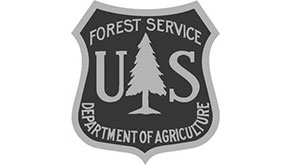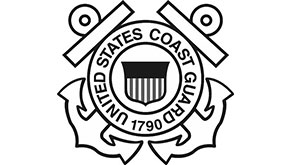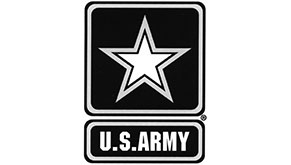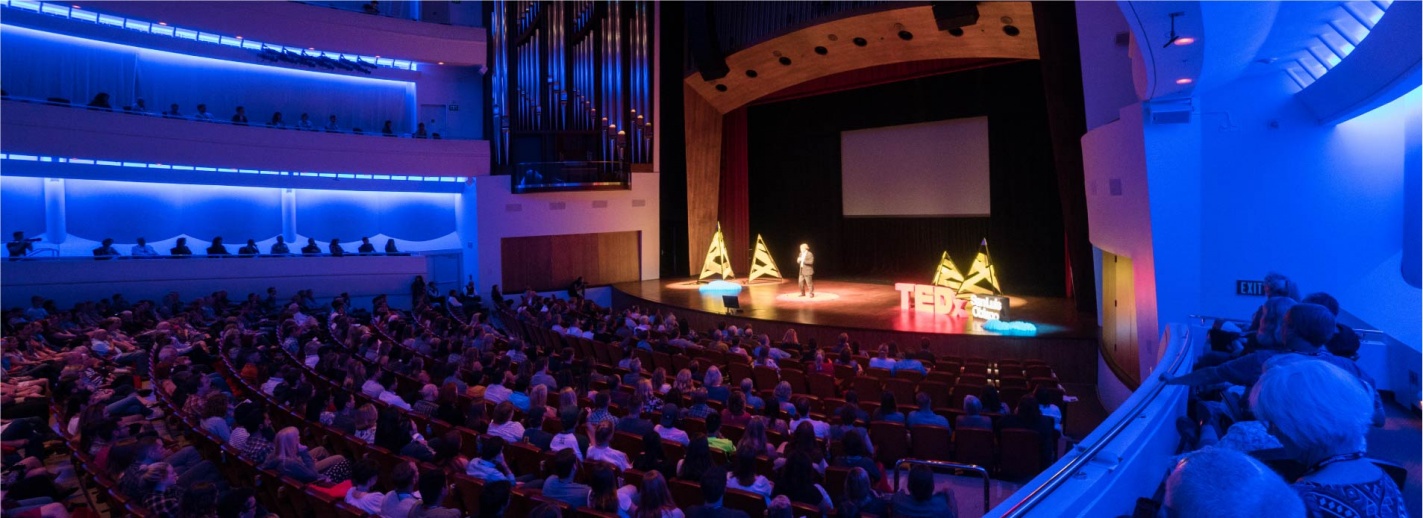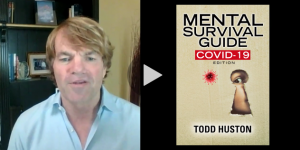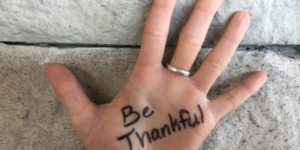
Sports Illustrated Interview
Sports Illustrated
BY KEN MCALPINE
May 28, 1995
In the cold half-light, the snowflakes dropped, soft and only partly formed, while Arctic winds plucked at and slapped the dome tent. Inside, condensed breath that had frozen on the nylon ceiling during the night loosened and fell onto four sleeping bags and the climbers inside them.
One of the climbers, Todd Huston, was awake, and reels were running through his head: a fellow climber disappearing into a crevasse right on the airstrip. Another climber, just back from a failed attempt on the summit, dully describing the glove he saw locked in the ice, the owner’s hand still tucked inside, the glove’s design 20 years old. A rescue team discovering two Koreans who had been surprised by a storm, one of the men dangling upside down from his rope, the other sitting on a rock and holding a radio next to his head, both men frozen.
Later that morning, in the blue-white glare of early day at 17,200 feet, Huston was readying himself for what he hoped would be a push to the 20,320-foot summit of Mount McKinley in Alaska’s Denali National Park. Earlier, expedition leader Mike Vining had told Huston, “This will be the hardest day of your life.” Vining, 44, is a no-nonsense sergeant major in the Army with forearms so developed he is nicknamed Popeye. He was not impressed with Huston. “He had no prior mountaineering experience,” Vining would say months later, recalling the climb. “He had no winter camping experience. He had no idea what he was doing. That seemed an unusual background for a serious climb.”
No surprise, then, that Huston was obsessed with death, specifically his own. He thought about dying often as he and his team inched their way up Mount McKinley last summer, launching a madcap, record-breaking 67-day spree in which Huston climbed to the highest point not only in Alaska but also in each of the other 49 states. Huston knew more than he wanted to know about death, having already almost died in a serious accident 20 years earlier. This had made him cautious–and willing to admit that he was frightened.

“I must have asked a jillion questions on the way up McKinley,” says Huston. “If we do this, can we die? Can we slide into a crevasse and never be seen again? Basically I went up that mountain whining every step of the way.”
There’s no hesitation or whining today. Huston, 34, whips his Ford Taurus into the most convenient parking space. He peers up at the handicapped sign and shuts off the car. He begins to assure you that during his cross-country high-points blitz he never once parked in a handicapped spot, but Huston has a nagging conscience. “Well, maybe once or twice,” he says. “You park in a handicapped spot and go climb a 13,000-foot snow-and-ice mountain, and then you get back, and you’re like, ‘Gee, I’m sure glad I don’t have to walk across the parking lot.’ ”
Should he be accosted for allegedly parking illegally, Huston can simply roll up the right leg of his pants, as he does later this afternoon when he plops down on the couch in his apartment in Newport Beach, Calif. “Man, I’m sore,” he says, rubbing his thigh just above the knee, then removing the lower part of his leg and setting it next to him on the couch. He regards the appendage briefly and with disdain.
“I have another leg that’s a lot more comfortable,” he says. “But my good leg is in the shop.” Surveying his right thigh, he says, “There’s the actual stump that climbed McKinley.”
And McKinley was only the beginning. Huston’s high-peaks adventure claimed its first victory last June 1, when he stood atop Mount McKinley’s South Summit, and its last on the morning of Aug. 7, when he drove most of the way up Hawaii’s Mauna Kea. Huston broke by 34 days the record set in 1990 by Adrian Crane, a mountaineer who walks about Modesto, Calif., on two legs. Huston’s task was dubbed Summit America, and with it behind him he is moving on to grander things. On April 12 he climbed Australia’s 7,310-foot Mount Kosciusko, launching a journey that he hopes will eventually see him reach the high point in each of the world’s 186 countries. That shopping list includes some horrifying heights: Argentina’s Aconcagua (22,831 feet), Antarctica’s Vinson Massif (16,864 feet), Russia’s Mount Elbrus (18,510 feet) and Nepal’s Mount Everest (29,028 feet), peaks that have stymied, and killed, plenty of adventurers. Those were able-bodied climbers. And Huston is … well, ah, you know…
“Amputee, disabled, handicapped, physically challenged, a one-legged gimp,” says Huston. “I don’t get caught up in this politically correct stuff.”
To understand Huston it helps to know that he had a rough go of it from the start. He was born with a cleft lip and palate, which made it difficult for him to eat. He had his first ofseveral operations at six months to repair the cleft palate, and at two years he had the first operation to repair the lip. But all of this paled in comparison to what followed.
Huston was 14 that humid summer day on Lake Tenkiller, near his home in Tulsa. He was bobbing in the water after a ski run when the family motorboat slipped into reverse. Before anyone realized it, Huston’s legs were in the propeller. His father, Bill, grabbed every available towel, and Todd’s little brother Scott, who had never driven a boat before, flung the vessel at the nearest dock. Miracle of miracles, a doctor and nurse happened to be on the shore.
The damage to Todd’s left leg was severe; his right leg was nearly cut off. Doctors had to resuscitate him twice, once in the emergency room and once on the operating table. The doctors saved his life and both his legs, but the propeller had severed the sciatic nerve in his right leg, paralyzing his foot.
There followed seven years of operations and pain. His left leg eventually healed, but an infection started in his right foot and grew doggedly worse. At one point, hoping to provide a steady supply of blood to failing skin grafts on his right leg, doctors sewed Todd’s right arm to the back of the leg, splicing arm veins to those in his leg. Somehow Todd’s family–mother Barbara, younger brother Stephen and younger sister Jennifer in addition to Bill and Scott–put a normal spin on life at home. “Todd never had the feeling he was handicapped in our family,” says Bill, a straightforward man who runs his own wholesale lumber business. “Of course, he handled it all so well, we never had the feeling he had been hurt.”
Todd was 21 when he had the final operation on his leg. His useless right foot caused him constant pain, and the infection threatened to spread into his lymph nodes. This probably would not have killed him, but it would certainly have spread the pain throughout his body. He decided to have his right leg amputated below the knee. He also opted to remain conscious during the operation.
“I wanted to feel I had control over the situation,” he says. “Plus, if you’re anesthetized, after surgery you can’t eat. And I love to eat pizza.”
He has never regretted his decision to remove the leg. “Took care of the infection,” he says. “Cleared it right up.”
Huston’s campaign to climb the high points in all 50 states began almost by accident. In the summer of 1993 Huston, who has a master’s degree in counseling psychology from National University in San Diego, was working as the clinical director of the NovaCare Amputee Resource Center in Brea, Calif., when a pamphlet arrived on his desk. A group from Chicago wanted to organize a 50-state high-points expedition with several physically challenged people. Did Huston know anyone who would be interested?
He did. And when the group’s plans fell through the following spring, Huston decided to go it alone. No matter that he had never done any climbing. He trained by running. He ran 20 feet, then 100. He snapped legs. He fell. He sprawled across benches, exhausted. Within three months he could run 12 miles. He talked PacifiCare Insurance into buying him an $8,000 climbing leg complete with a shock absorption system and a Vibram boot sole (”It goes squishhh when you walk,” Huston says). He joined a tony health club with a climbing wall and other noteworthy perks (”The women are phenomenal”). He talked Whit Rambach, a guide originally hired for the Chicago project, into coming along with him. He talked sponsors into supplying money, from nickel-and-dime checks to $40,000 from John Shanahan, the CEO of Hooked on Phonics. Huston talked his parents into providing their blessing and the family pickup truck, in which he and Rambach bombed about the country, covering 35,000 miles altogether. Huston possesses the two essential tools of the empty-pocketed adventurer: charm and pigheadedness.
Hardest of all, Huston talked himself up some daunting mountains. Sure, there were some yuks during the quest. Conquering Florida’s high point–Britton Hill, 345 feet–entailed a 30-yard walk. Summiting Delaware’s Ebright Azimuth meant dashing out to the middle of a busy road. The high points of Tennessee, both Carolinas, Alabama and Georgia were notched in a day. “Remember, we said high points,” says Huston. “We didn’t say mountains.”
But there were some imposing mountains too–Montana’s Granite Peak, Washington’s Mount Rainier, Wyoming’s Gannett Peak, Oregon’s Mount Hood, Nevada’s Boundary Peak and Alaska’s McKinley are all at least 11,000 feet high.
Climbing with an artificial leg poses special problems. It requires more energy than climbing with two healthy legs, for example, and thus Huston, a thorough planner, embarked on the more serious climbs sporting 10 pounds of additional chunk on his 188-pound frame (“Who lived on Donner Pass? The fat people,” he says). And despite its shock absorption system, Huston’s climbing prosthesis pressed at his stump, especially during descents. “By the end of the day,” says Vining, “he had extra pain that the rest of us didn’t have to deal with.”
Now confident of Huston’s abilities, Vining will accompany Huston when he attempts to climb Tanzania’s 19,340-foot Mount Kilimanjaro in December.
It doesn’t end with mountains, either. Since setting the Summit America record, Huston has crisscrossed the country, sharing his message with corporate executives, churchgoers, medical conventions, schoolkids and anyone else willing to listen: Everybody is afflicted with something. Everybody goes through tough times. Everybody can go on.
“I want people to know that they can see their way through tough times,” says Huston. “This isn’t about an amputee mountaineer getting to the top of a mountain. It’s about changing lives.”
Of course, at times it is strictly about getting to the top of the mountain. When Huston and his crew arose that morning last June at their camp on McKinley, they knew they had been provided a narrow window of opportunity. Angry storms march across McKinley’s peak like rush-hour commuters pouring through a turnstile, preventing more than half of those who start the climb from reaching the summit. McKinley is also one of the world’s coldest mountains.
Huston and his climbing party had already met several teams that had turned back because of bad weather. They knew they had to move quickly to take advantage of the clear skies. They also knew they had a long day ahead of them. Experienced climbers take nine to 12 hours to make the scramble from 17,200 feet to McKinley’s summit and back when weather conditions are ideal. Vining had allotted 20 to 24 hours for the Huston party’s climb.
The ascent to this point had not always been easy for Huston. He had struggled to swallow thin air, to forget the extreme soreness in his stump and in his entire body, to ignore the anger and frustration of chasing his able-bodied team members up the mountain.
Now they were pushing toward the top. With the sun pouring down on them, the four climbers moved up the final ascent to McKinley’s South Summit, each man wrapped in his own thoughts.
Huston’s world had pinched to six words.
“I just kept telling myself over and over: Three breaths, step, stop and rest,” says Huston. “I didn’t know what all this meant, but I knew I had to get to the top. I also knew that if any mountain was going to knock us out, it was going to be McKinley.” It nearly did. Several times Huston fell in the sun-softened snow, and Vining watched quietly as Huston labored back to his feet.
Eight hours later they reached the summit ridge. Sunshine, brighter than anything Huston had ever seen, poured through the blue sky and spilled across acres of snow, radiating back in the sparkle of billions of ice crystals. Fat, puffy clouds mustered over the still, frozen world. Best of all, the climbers were at 20,000 feet, an easy 15-minute walk to the mountain’s peak.
As he stood atop McKinley, nine days after the start of the climb, Huston’s mind was a maelstrom. He felt joy and satisfaction. He made a light-speed recap of the previous months of effort. He faced the sobering prospect of the 5-1/2-hour descent to their camp followed by three days of climbing back down to the mountain’s base. The four climbers did an impromptu jig. Huston crows incessantly about the broad appeal of his message–that mountains, and far greater obstacles, can be surmounted by everyone. “Through climbing,” he says, “I am representing the struggle in all of us.”
Vining believes this, but only to a point.
“No doubt he has a mission to help others,” says Vining. “But I suspect this is something he has to do for himself, too.”
Ken McAlpine, a freelancer from Ventura, Calif., has written about a variety of topics for SI. Orginal Story


















